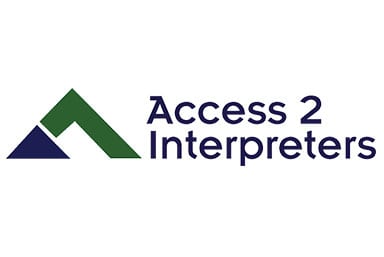What You Can Learn from Being an Interpreter
What You Can Learn from Being an Interpreter
Have you ever wondered what your job might be like if you were a professional interpreter?
Many people in the interpretation field have varying experiences and different aspects of the job that they love. We gathered some insight from seven language interpreters from all over the world, and they had a few unique experiences to share about their interpretation career.
They shared a few lessons that they got from interpreting. Here are a few things you might learn if you decide to become an interpreter yourself!
You learn to adapt quickly
When you are working as an interpreter, you have to be quick on your feet. It is one thing to speak two languages, but quite another to be an expert in cultural context. If someone who you’re interpreting for uses an idiom, you have to be able to shift that phrase over to another language that may not have an equivalent saying.
Furthermore, if a speaker’s voice fluctuates or if they are mumbling, you have to be able to interpret effectively. There’s no interrupting someone to ask them to repeat themselves!
You learn the lingo
With technical settings like the hospital or the courtroom, you have to go through specialized training to learn the lingo. For example, if you are a medical interpreter, on top of all the regular language learning, you also have to know a dearth of healthcare terms, and be able to interpret very accurately.
Sign language interpreters may also have to learn additional signing terms if a client uses a slightly different dialect of signing. (Did you know? From Louisiana to New York, ASL signers can have different ‘accents’.)
You learn to work in pairs
Interpreting is hard work. You often work with at least one other fellow interpreter and switch off every half-hour or so, because it takes so much mental energy to keep up with two languages simultaneously.
You and your partner will need to make sure you are comfortable with each other’s speaking styles and preferred terminology. This is to lessen confusion on the speakers’ end. How confusing would it be if two interpreters used slightly different terms for a medical ailment?
You learn to be impartial
Perhaps the most important thing about your job as an interpreter is the impartiality. Interpreters act as ‘invisibles’, or someone that both speaking parties should essentially pretend is not even in the room! Impartiality is often one of the hardest parts of the job, many interpreters-in-training say.
If you work in the legal or medical field, you will often come across emotional situations. Keeping your body language and tone consistent is hard work, but impartiality is what makes you a successful interpreter.
Interpreting is definitely hard work, but all of the interpreters above agreed that it was a fulfilling profession. If you are looking for a job that keeps you on your feet and presents you with fresh challenges each day, then interpreting may be the right path for you. Of course, it comes with a lot of training, learning and control, but with the right skills and practice, you can become a great interpreter!



